Degree Date
12-2017
Document Type
Dissertation - NLU Access
Degree Name
Ed.D. Doctor of Education
Academic Discipline
Educational Leadership
First Advisor
Karen Tardrew
Second Advisor
Geri Chesner
Third Advisor
James Fitzpatrick
Abstract
During the 2013-2014 school year, the Department of Public Instruction identified School X as a Priority School, meaning School X was among the lowest-performing five percent of the Wisconsin’s Title I schools over a period of three years. Therefore, the school was required to undergo the school improvement process, partnering with an outside agency of their choice. They hired Company Y, a company in California that specialized in school and district improvement. Company Y conducted a 4-Dimensional Study, a comprehensive data collection and analysis process which utilized classroom observation, interview, survey, and focus group data to determine the school’s strengths and areas of need, as well as recommendations for improvement. This led to a prioritization process in which stakeholders prioritized Healthy School Culture as their first initiative in the school improvement process. The school’s principal tasked the Lead Turnaround Partner from Company Y with conducting classroom observations utilizing an observation tool they used in the past which tallied teacher positives and negatives in the classroom to determine whether they were providing a 9:1 positive to negative ratio to students as research suggested when working with students in poverty. In order to coach teachers around changing their practice to improve their ratios, it would be essential to know what teachers stated in the classroom, as their feedback indicated the tallies were not conducive to an effective coaching conversation. Once the Lead Turnaround Partner was able to create an observation tool which collected actual evidence in the classroom, specifically what teachers stated while providing feedback to students and discuss with them ways to improve their mindsets, thus speaking to students more positively and in regards to the v effort they put into their work, teachers knew where they were at in their implementation of effort praise and created SMART goals around how to improve in order to increase student achievement.
Recommended Citation
Williams, Jessica, "The Impact of Coaching on the Implementation of Effort Praise in the Classroom" (2017). Dissertations. 249.
https://digitalcommons.nl.edu/diss/249

